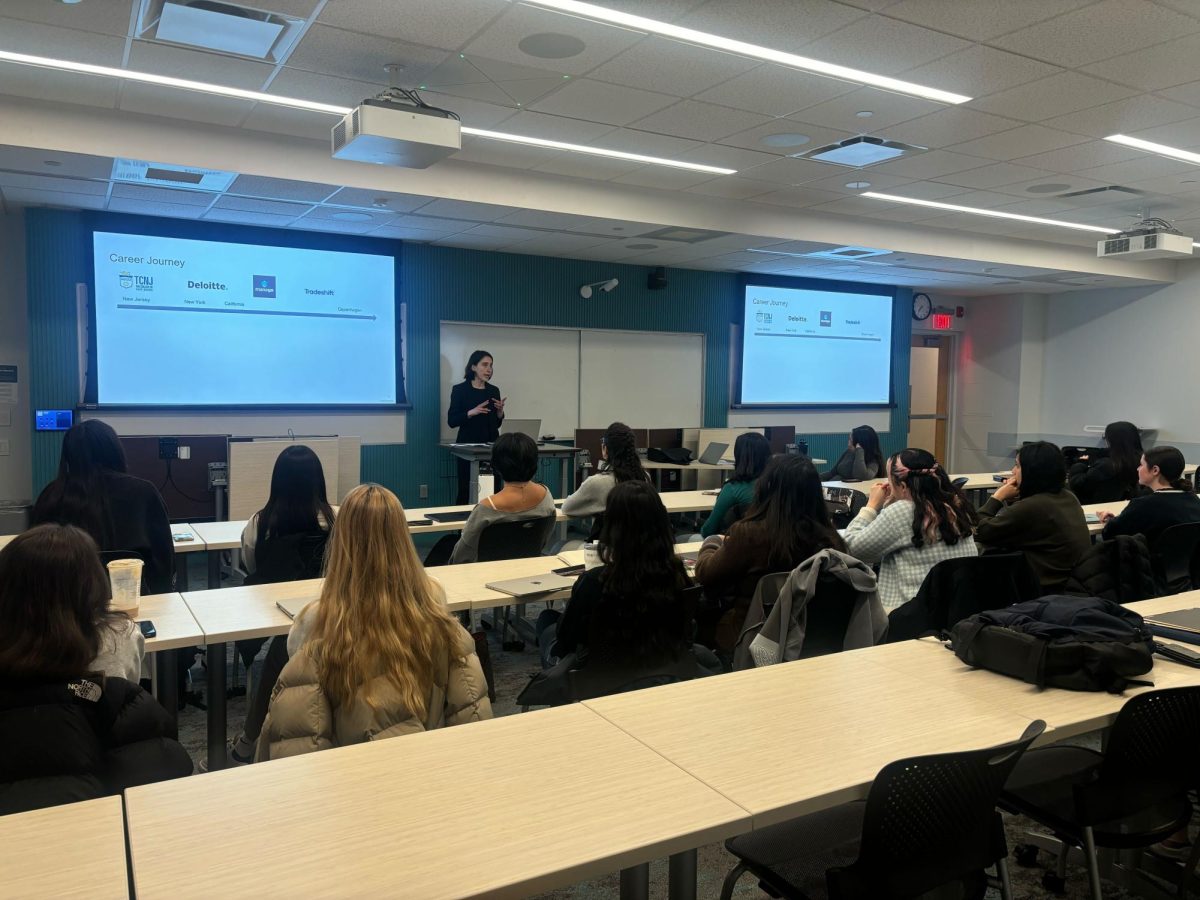Mission Hill wasn’t always heavily occupied by college students renting for a year or two, causing a perennial September turnover.
What has become a tight-knit hamlet of triple-deckers and traditional brick rowhouses was once composed of sprawling country estates owned by wealthy Boston families. The Ruggles family, for instance, owned large apple orchards at the top of the hill during the 18th century.
In the early 1750s, a man named Peter Parker married Sarah Ruggles, thereby assuming her family’s assets. The entire area was then named Parker Hill, for the patriarch. But about 10 years later, Mr. Parker died. He was crushed to death by the fall of a cider barrel.
It’s tidbits like this that make Steven Nutter, an urban designer, want to share Mission Hill history.
“At this stage I’m gathering photographs, looking at maps and finding out more and trying to piece everything together,” Nutter said. “But I have a pretty good story.”
Nutter said he has grown fond of the neighborhood since he moved there five years ago – so much so, in fact, that he is currently writing a book about the area. He updates a Wikipedia page about the history of the neighborhood. He is also submitting information to Arcadia Publishing, in hopes they will dedicate a booklet to the community as they have done for others Boston areas.
“I hope to put the stories in hospital gift shops and give it to Northeastern University students,” the 35-year-old said. “If they had a book, they could carry it with them. I think it’d be nice if it was sold at the school bookstore. They could make a class out of it.”
Nutter said Mission Hill is currently the most misunderstood neighborhood in Boston and needs its own identity. “Sometimes people think it’s Roxbury. Sometimes it’s Jamaica Plain,” Nutter said. “If you look on a map, it’s in the middle of Boston, where all the other neighborhoods come together.”
The borders of Mission Hill gradually formed by the segments of Parker land that were sold and built up, Nutter said. In 1790, about 25 mansions were all the housing on the hill.
Maps of the area show that Mission Hill development began earlier than in the Fenway and Longwood areas, Nutter said.
In 1870, a Roman Catholic missionary order called the Redemptorist Fathers constructed a humble wooden church that was replaced by a larger puddingstone structure in 1876. The church is called Our Lady of Perpetual Help, although it is commonly referred to as “the Mission Church.”
The church became an icon for the neighborhood, and is the commmunity’s namesake, Nutter said.
At the lower-east portion of the hill, a puddingstone quarry was ripe and residents reaped sedimentary rock throughout the 1800s. Nutter said the abundant puddingstone was cut into blocks, and was made into cheap housing for the Irish and German immigrants who flocked to the area.
With ample puddingstone as foundations, the area began to undergo serious development in the mid-1800s, Nutter said. His home’s foundation was installed in 1897, he said, by a man named William Kelledy.
“Most of the houses on Mission Hill were created in the course of seven years near 1890,” Nutter said.
The Irish population burgeoned throughout the 1900s. They made a living by working for manufacturers and for breweries in the area, Nutter said.
The first housing development in Boston appeared in 1940, Nutter said, where the Mission Main development is located now.
The 1950s saw many Mission Hill denizens struggling with “urban renewal.” Urban renewal was a policy enforced by the Boston Redevelopment Authority, to create more efficient living conditions, but ended up only upsetting the township, by razing houses, creating dense tenements, and attempting to stimulate business, he said.
As a result, many were displaced. The area was then beset by racial conflict as a new, poor population fought with the older residents.
“There was one point where people were shooting into houses and a couple of people died in their living room because of some of these drive-bys,” Nutter said. The area was deemed dangerous by many in the 1980s and a large amount of affluent residents had an “exodus” to West Roxbury, Nutter said.
Crime on Mission Hill came to a climax in 1989 when Charles Stuart, a white man, murdered his pregnant wife and blamed it on a nondescript black person.
“The police were scattered and stopping black people and searching their cars,” Nutter said. “They were trying to find this dangerous killer. It was a lie. Stuart then killed himself.”
The incident only worsened Mission Hill’s deteriorating reputation, Nutter said.
But, “lately, there has been less crime,” Nutter said. “It’s been changing a lot in the past five years. It’s the most racially and economically diverse neighborhood in all of Boston. Lots of students are moving in. But you have to have community no matter what because it’s a place that people can afford, and it has the best view in Boston. People are putting down their roots more and more to stay here.”
Nutter, like many others, loves Mission Hill – even enough to write the whole story down.









